Finding fault
This week: Ready, steady, PLANT; Damp Mondays; Finding fault; The Spring is sprung;
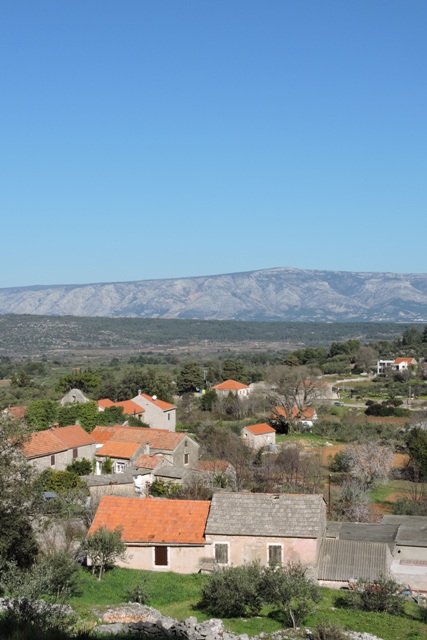
Its been a funny old week this week.
Weather wise, we are still in the transition from later winter into full spring weather. When the sun is out, it is really warm.
However when the wind changes to to the north, it turns suddenly cold. There is also a chance of showers, but no meaningful amount of rain.
There has been less than 1/10th of the normal rainfall in January and February this year. However we had a full winter’s rainfall just in November. This of course is now long gone.
Without rain, it will be another difficult spring and summer for our plants. This is climate change in action, where what were the established weather patterns have been completely upended.
There was a full moon on Wednesday, the first Perigee moon of 2021. It has meant that the night has been extremely light all week.

The edge of the moon looks indistinct because it is low in the sky and is seen through atmospheric disturbance.
Ready, steady, PLANT
With rain forecast for Monday and Tuesday, I wanted to get some plants into the new herbaceous border I have built along the length of the Top Orchard.
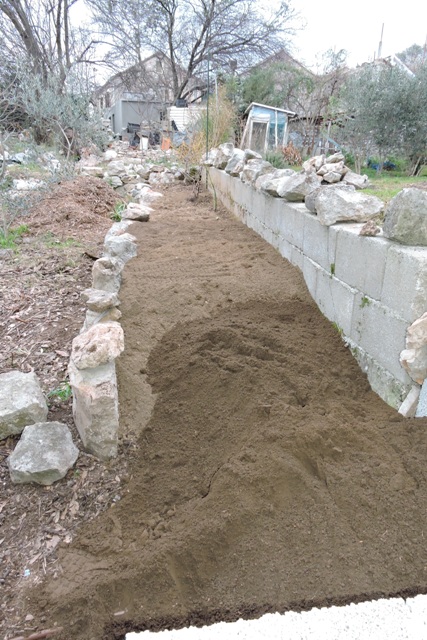
My nursery area has been full of plants for a while. So long that some of the plants are getting a little too big for their pots.
As Sunday was another lovely day, I started early with my rotary riddle and quite quickly finished the work I started last week, to remove top soil from the old Foldyard area.
All this riddled soil was moved down the orchard and put behind the new rock retaining wall.
After lunch I moved the plants down and positioned them roughly where I want things to go.
Tall plants at the back, small at the front. Plants which can withstand (and enjoy) full summer sun are in the open area with those which like a little shade, at the end, close to the tree line.
The TV broadcaster Monty Don made a 40 minute film last year, looking at gardens along the Adriatic coast. It is available on-line at Monty Don’s Adriatic Gardens. If you would like to know more about gardens and gardening in the Adriatic it is worth watching.
He visits a specialist nursey in Istria owned by Davos Cetina. I already have bought plants from him. This is his web site.
Monty discovered what I already knew and have discussed several times in previous editions of my blog: that in Croatia very few people have gardens with herbaceous flowering plants.
Instead every piece of land is used to grow food, with just a few spring bulbs and ornamentals for show.
I’m not turning this way of using land completely on its head, rather I am using the main orchard productively.
I have planted more than a dozen fruit and nut trees. There is a small poly tunnel for some really tender things like Pineapples and to grow very early vegetables, tomatoes etc.
However on the cold side of the orchard, I would like to have plants which can be enjoyed, year round.
By the time the light was starting to go on Sunday, I had planted the bed with 20 assorted plants and shrubs.
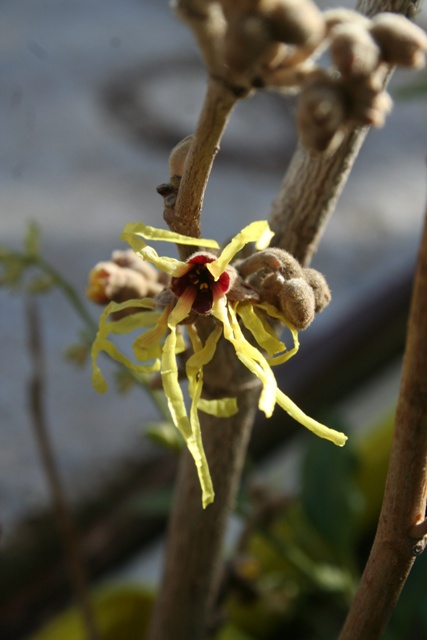
From low growing Cerastium tomentosum “Silver Carpet”, also known as Snow In Summer, through architectural specimens like Acer Palmatum, “Orange Dream”, Witch Hazel, Hamamaelis x Intermedia, Corkscrew Hazel, Corylus avellana “Contorta” and Buddleja weyeriana, ‘Sungold’.
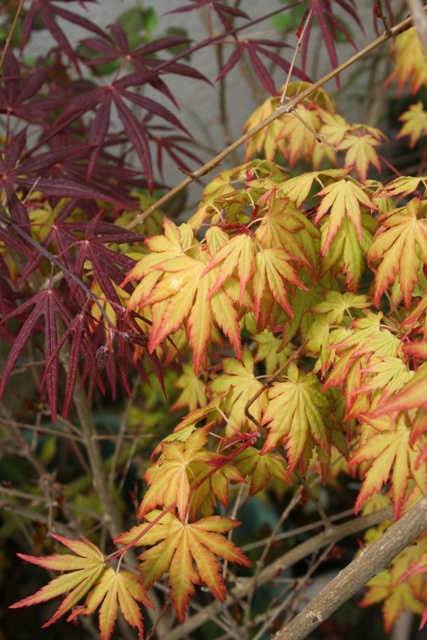
I have planted different varieties of Alstroemeria, the Peruvian Lily and Wild Gladioli. A little later I’ll plant Narcissi ‘Paper white’ and Hyacinth and then I’ll think about ground cover, perhaps some Dimorphotheka.
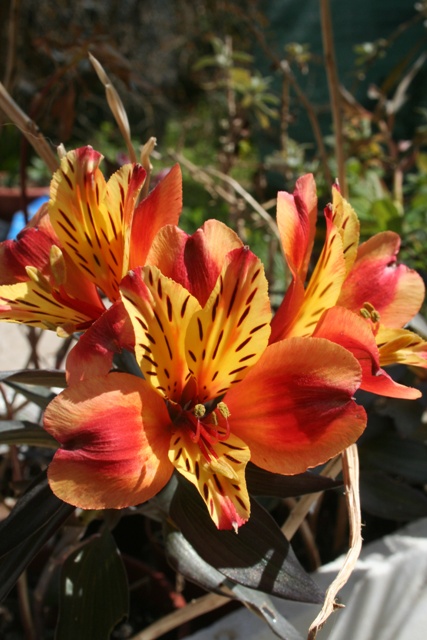
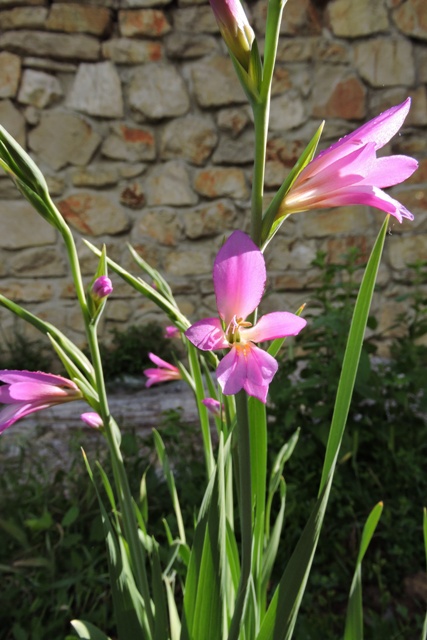
But for now I’ve started my herbaceous border.
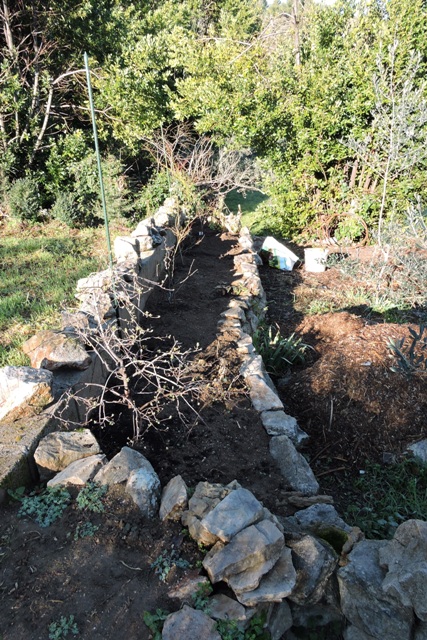
Damp Mondays
It wasn’t proper rain on Monday. There were just enough falling drops to prevent outside work, but not enough to do much good.
So as “rain stopped play”, I retreated to the dining room table to make up the final sockets for the workshop.
My wiring design includes different size sockets, with 1½, 2 and 3½ plug points. These are located in different parts of the workshop, according to where I have or may need to use machines.
After completely rewiring all the buildings to bring them up to current standards, I have developed my own system, so that every socket is wired in the same way, before installation, to make the actual installation at the wall a lot easier.
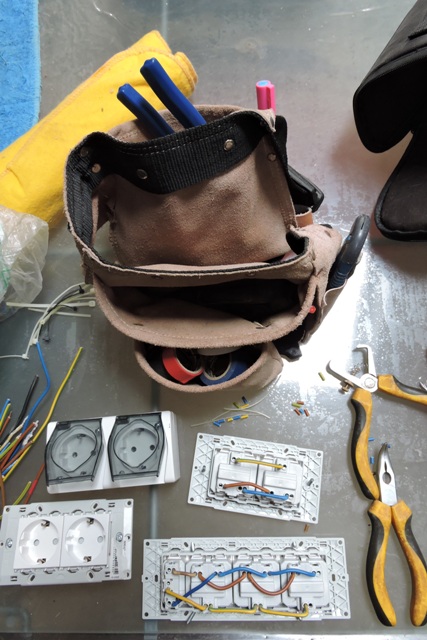
There is also a single outside weather resistant socket to be included in the ring main as well.
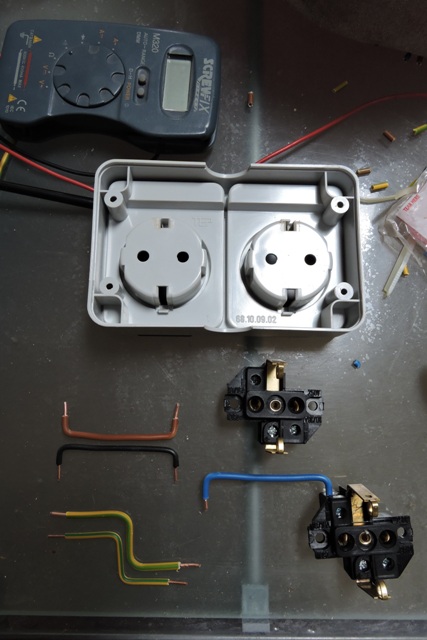
Around the world there are a number of very similar wiring regulations, all based around safety.
However here in Croatia, where there is no-one to inspect finished work, it seems that companies can get away with doing things on the cheap.
The international standards call for lighting circuits to be a minimum of 1.5mm diameter solid copper wire.
This is because generally although the voltage is 220/230 V, the wattage is low. Since low energy light bulbs are now the norm, even lower than when only incandescent bulbs were sold.
For the circuits that run in walls where you plug your appliances into, solid copper cable with a diameter of 2.5mm is the accepted minimum.
Depending on what kind of circuit is installed, this could be 4mm diameter instead.
These are the main kinds of wire you find in domestic properties. In commercial premises, there are different rules and different kinds of circuits.
When I opened the new outside box I was very surprised to see that as it has been supplied, the three wires which connect the two sockets together are only 1.5mm. This box is rated for large domestic machines. The difference can be seen here where the lower wires are 1.5mm.
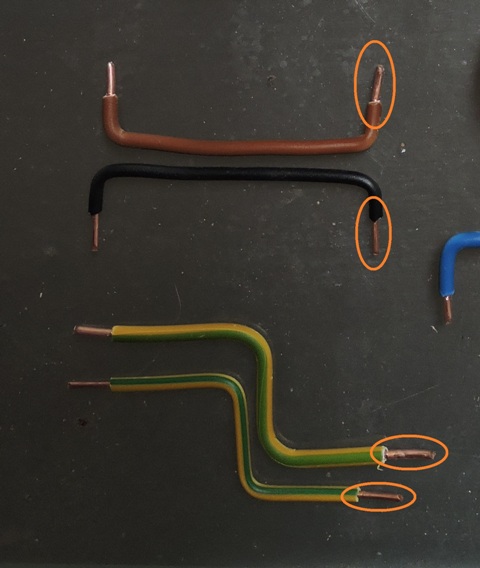
Conceivably if it is on an outside wall it could power anything from pressure washers, through air compressors to outdoor air conditioning/cooling units.
Certainly machines drawing a current way beyond anything you would plug into a light socket.
I immediately replaced the link cables with 2.5mm cable. When you are running something which draws a lot of power and you are using lighting cable, the potential for fire or just having a cable melt is considerable.
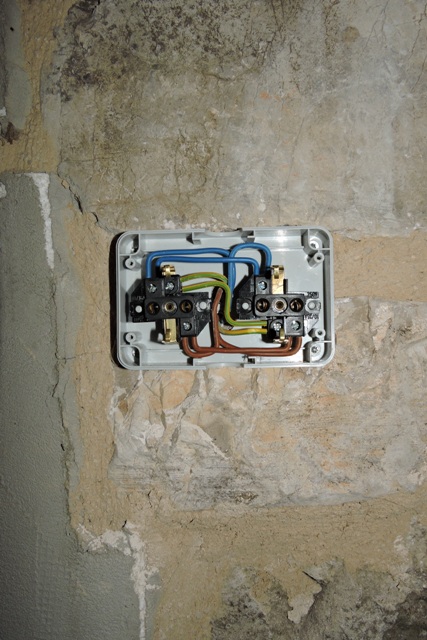
This is Europe where the ‘Œ‘ mark indicates that a product has been assessed by the manufacturer and deemed to meet EU safety, health and environmental protection requirements. It is required for all products manufactured anywhere in the world that are then marketed in the EU.
I’ve not noticed this on other outside boxes of the same make that I have installed, so I’ll now go round and check.
Although most northern European countires enforce their specific wiring regulations, in southern Europe, there is no imperative to do the same, at least not on residential buildings.
Finding fault
For most of Tuesday I was in the workshop, wiring in the wall sockets and the light switches.
The bigger the pattress box, the easier the socket is to wire.
Every wall plug circuit that I have installed is wired as a ring main, where the 2.5mm copper cables run out from the micro circuit breaker at the consumer unit, in a circle, finishing up back at the consumer unit.
There are separate “rings” for different areas, for example the kitchen and the utility room. Although the 17th edition of the wiring regulations allow for an area of up to 100 square meters to be on a single ring, I have grouped the rings by buildings and or use.
So the workshop, because there are a number of machines which use high Amps, has its own ring. Even though I will never run more than one big machine at the same time, a separate circuit makes it safer.
Ring main use less material than radial wired systems. They are also safer because in the unlikely event of a earth wire failing, the ring then becomes two radials, so is still protected. In a single wire radial system, this does not happen.
There are other benefits, for example reducing voltage drop over the length of the circuit, so there is a more balanced load at the consumer unit.
With the pre-wired set of 3½ plug points connected to the ling main, the plug points in their supporting frame are fixed to the wall mounted Pattress box.
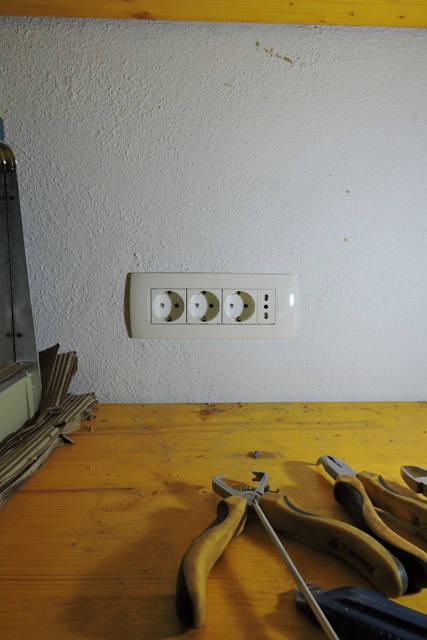
Then the decorative cover is clipped into place. Finally there is a safety and continuity test to make sure there are no faults.
With everything connected at the consumer unit, I switched the MCBs on. Everything worked as planned.
I am still waiting for the strip lights, so for now there are just bulb holders and bulbs in the ceiling. However it will have to be a trip to Split to get the correct ceiling lights…
The Spring is sprung, the grass is ris… I wonder where the birdie is?
But there was a large flock of geese, probably between 70 and 100, flying north in arrowhead formations, cackling as they migrated to their summer breeding grounds on Friday.
I have some Cyclamen in flower near the kitchen, so I had a wander up into the Maquis to see if the wild Cyclamen were also in flower.
They weren’t. It is possibly a little early. But I did spot a clump of Wild Anemone, Anemone hortensis just starting to flower.
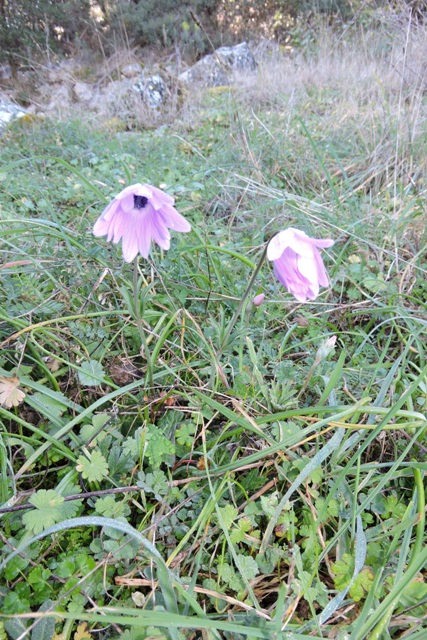
All along the paths, the stone walls are covered with mosses of various kinds.

In years gone by, there would have been goats feeding on these succulent morsels. Now they are slowly taking over the old stones which line the terraced plots.
There are still Olive trees on some of the terraces, but underfoot there are grasses and lichens.
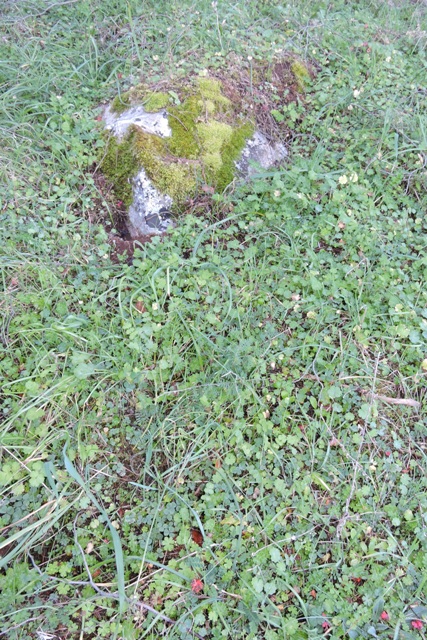
My Acacia Dealbata is in full bloom now and is lit by the morning sunshine. It glows a bright lemon yellow and seems to radiate yellow light all around.

I have been weeding in my vegetable plot this week.
Last autumn, I potted up a couple of dozen strawberry runners. I saw this week that they have new leaves showing, so I need to plant them out.
The first job has been to get rid of the winter tares, which all went on the compost heap.
Next will come some plastic sheeting, then I’ll plant them out. Roll on summer… NCG
One Response
Marcy Fletchall
Norman, so love all the flower pictures. It’s still cold here, but the sun comes up sooner, which is a good thing. For the next blog, please take a picture of all the newly planted trees and flowers that
you wrote about. I’d like to see them lined up.
Thanks for sharing. Great stuff. Be safe. Marcy